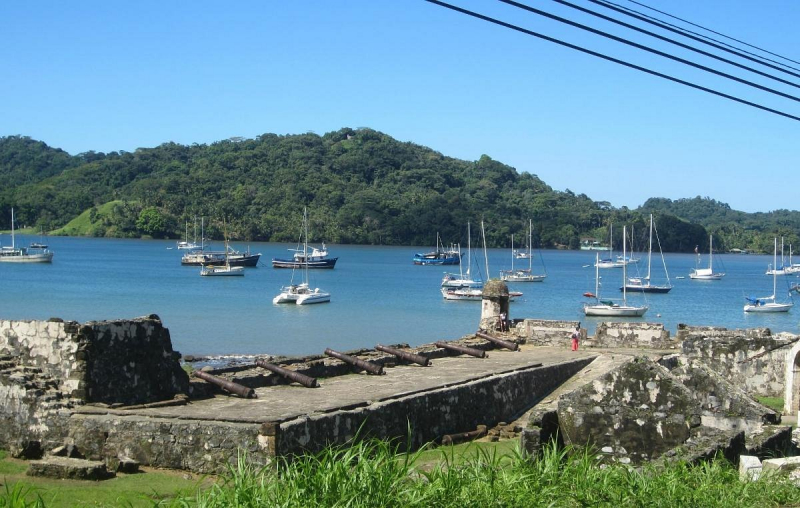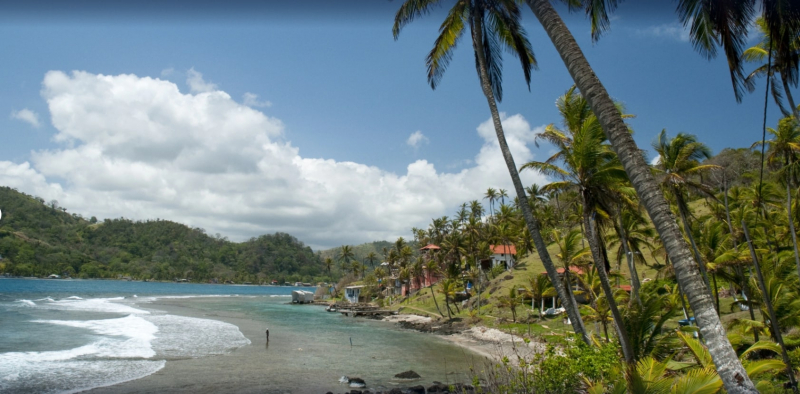Portobelo National Park
Another significant destination in the list of the most beautiful historical sites in Panama is Portobelo National Park. Located in the province of Colón, it was created in 1976. It is a UNESCO World Heritage Site with 70 kilometers of beach surrounded by palm trees and numerous coral reefs.
When Christopher Columbus explored the Americas for the fourth time in 1502, he named this region Portobelo. In 1597, Francisco Velarde y Mercado, the founder of the city, used the name Porto Bello, which means beautiful port. Though Portobelo is currently a small fishing village, it was once one of the richest ports in Spain between the 16th and the 18th century. All of South America's gold and silver were carried to Portobelo for weighing and registering before being re-exported to Europe.
Portobelo National Park has an area of 34,846 hectares. The headwaters of the rivers Cascajal, Guanche, Piedras, Iguana, Iguanita, and Brazuelo are protected by the national park. The park's highest point is Cerro Bruja, which is 979 meters and is located on the continental watershed.
The internationally endangered endemic Cerro Bruja is home to the near-threatened Great Curassow, Harpy Eagle, and Blue-and-gold Tanager. The habitat includes six of the Darién Lowlands EBA's 15 species (40 percent), as well as a few Darién Highlands EBA species and numerous nationally vulnerable species. Central American Spider Monkey, Central American Wooly Opossum, Geoffroy's Tamarin, Western Night Monkey, Northern Naked-tailed Armadillo, and other mammals have been recorded. Reptiles and amphibians such as the frogs Atelopus limosus, Colosthetus flotator, the snake Rhadinaea sargenti, etc can also be found.
Portobelo is situated in the isthmus' northern region. Therefore, it might take visitors about two hours to travel from Panama City to Portobelo by bus or car.
Location: Colon









